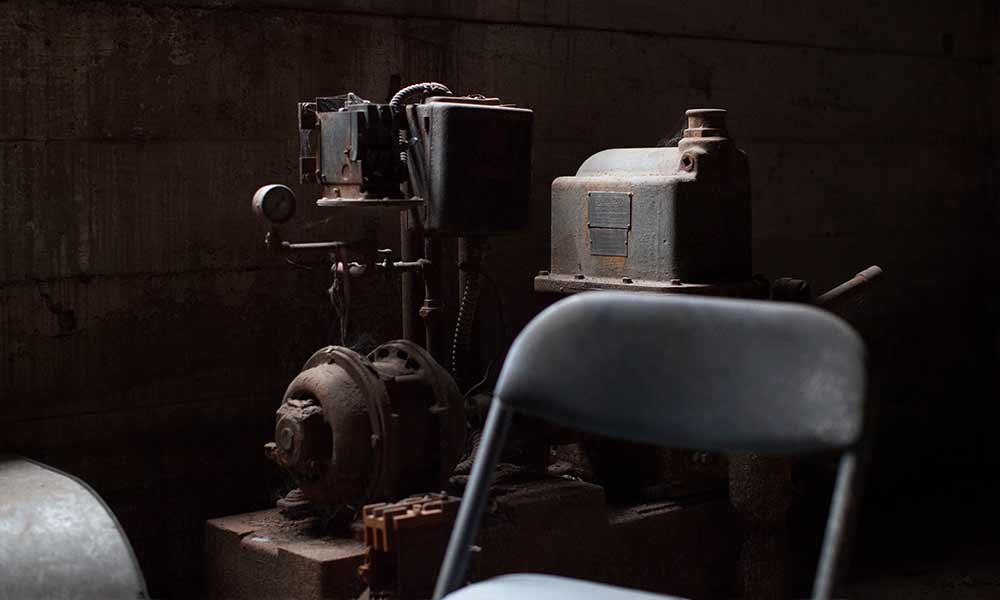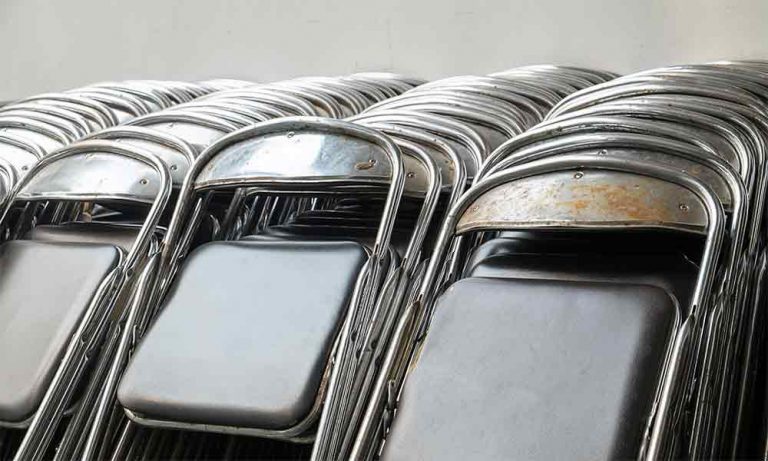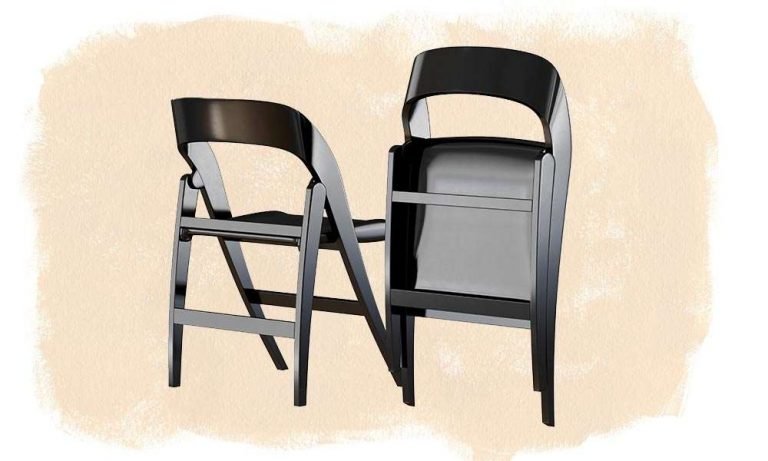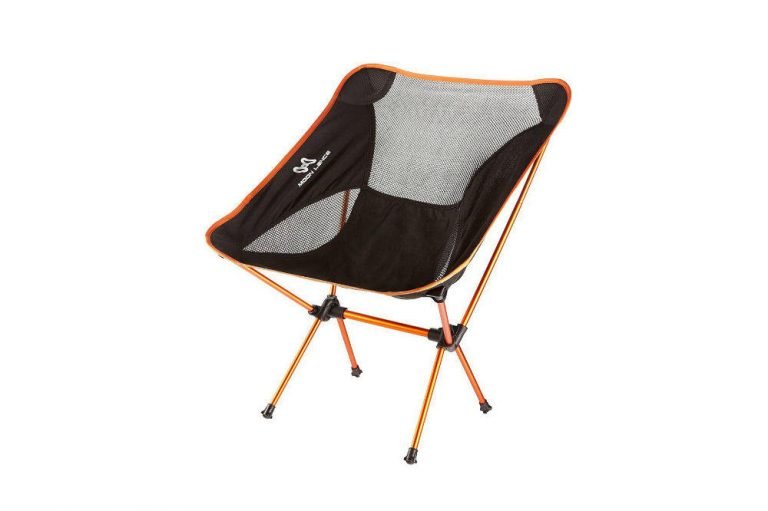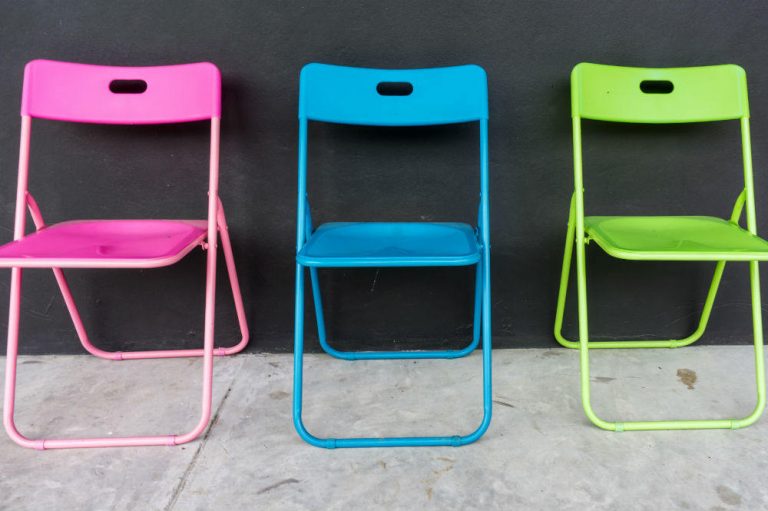How To Reupholster An Old Folding Chair
Folding chairs are a practical and cost-effective solution for seating at indoor and outdoor events. Everybody uses folding chairs for big occasions such as parties, staff meetings, conferences, seminars, and performances. At home, they serve as additional seating for guests.
Folding chairs are usually affordable, easy to use, and super convenient. They are composed of a seat and a back that can accommodate individuals of all sizes. They are usually made from light materials such as plastic and aluminum.
They can be dressed up and reupholstered. In this article, we are going to discuss how to reupholster a folding chair.
A folding chair is often reliable and can be used for any event or climate. They come in a wide variety of finishes and styles and are padded or unpadded as well.
Having a folding chair is a convenient and practical idea, especially if you tend to have company at home frequently. It provides extra seating in smaller spaces.
The majority of folding chairs have unadorned seats but you can always improve them by adding slipcovers on them or having them reupholstered. Upholstered ones are harder to find in stores though and they are more expensive.
With frequent use, expect them to be stained or damaged in time.
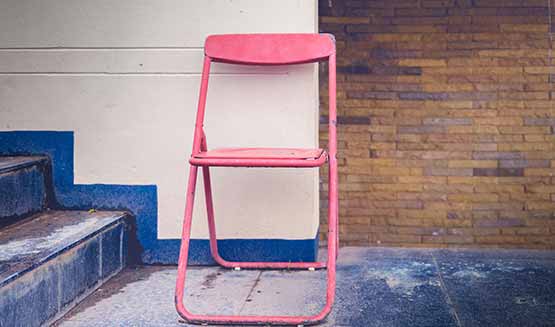
Hence, you have to reupholster them. Luckily, doing this procedure is not difficult at all.
Tips on How To Reupholster A Folding Chair
You won’t even have to use a sewing machine for it. Here are the steps needed on how to reupholster a folding chair:
Items needed:
- Sponge
- Degreaser
- Screwdriver
- Towel or cloth
- Marker
- Utility knife (optional)
- 1/4 inch-1/2 inch thick upholstery foam
- Fabric
- Scissors
- Batting
- Staple gun and staples
- Adhesive spray (optional)
Recommended product
A suitable stable gun for this kind of DIY project is surprisingly affordable. This is one of the bestsellers on Amazon, perfect for crafts and DIY projects alike.
No products found.
Step 1:
Add 1-2 teaspoons of the degreasing cleaner (e.g. dish soap in liquid form) to a half gallon of water. Submerge the sponge into the solution and squeeze off the excess until the sponge is slightly wet.
Clean the folding chair carefully and then wipe it with a towel or cloth to dry.
Step 2:
Turn the folding chair upside down and take away the screws that are holding the upholstery pad onto the seat. Leave the frame of the chair aside in the meantime.
Go along with the same process for the back of the chair if the chair is upholstered there as well.
Step 3:
Take away the old upholstery material and cushioning from the base. This step might involve using a utility knife. However, some upholstery material and padding can be pulled away easily.
Step 4:
Position the foam on a stable and flat working surface. Put the chair pad on top in a face-down manner. Outline the edges of the chair on the foam with a marker.
Take away the pad and cut the foam down the length of the line with the scissors or utility knife. Do the same steps for the chair’s back if required.
Step 5:
Next on ‘how to upholster a folding chair,’ you have to lay the material or fabric on the flat working surface with the printed side positioned down. Even it out with your hands so folds and wrinkles do not show up.
Step 6:
Position a layer of cotton batting on top of the material and even it out as well so it lies totally flat.
Step 7:
Position the foam padding or cushioning and chair pad on the batting’s top part with the chair pad positioned on top and face down. Cut the material and batting all over the pad and foam and remember to leave around 5 inches on each side.
Step 8:
Between the fabric and the cotton batting, spray a light mist of adhesive prior to fastening it on the chair, if preferred. While this is not actually essential, it will help in maintaining the cotton batting still, particularly if the chair is to be used by kids.
Step 9:
Draw the fabric tight and staple the material onto the chair pad’s underside. Fold the corners in order to make the material or fabric lie flat. Put the staples parallel to the fabric’s edges and do not try to cover the screw holes on it.
Step 10:
Cut any excessive fabric. However, do not do it too close to the staples because it can lead to shredding or unraveling. Lastly, fasten the reupholstered chair pad onto the frame of the folding chair with the screws.
Here you can see easy step-by-step instructions that will surely help if you want to add this kind of do-it-yourself home improvement project to the to-do list — video by homes.com DIY Experts.

